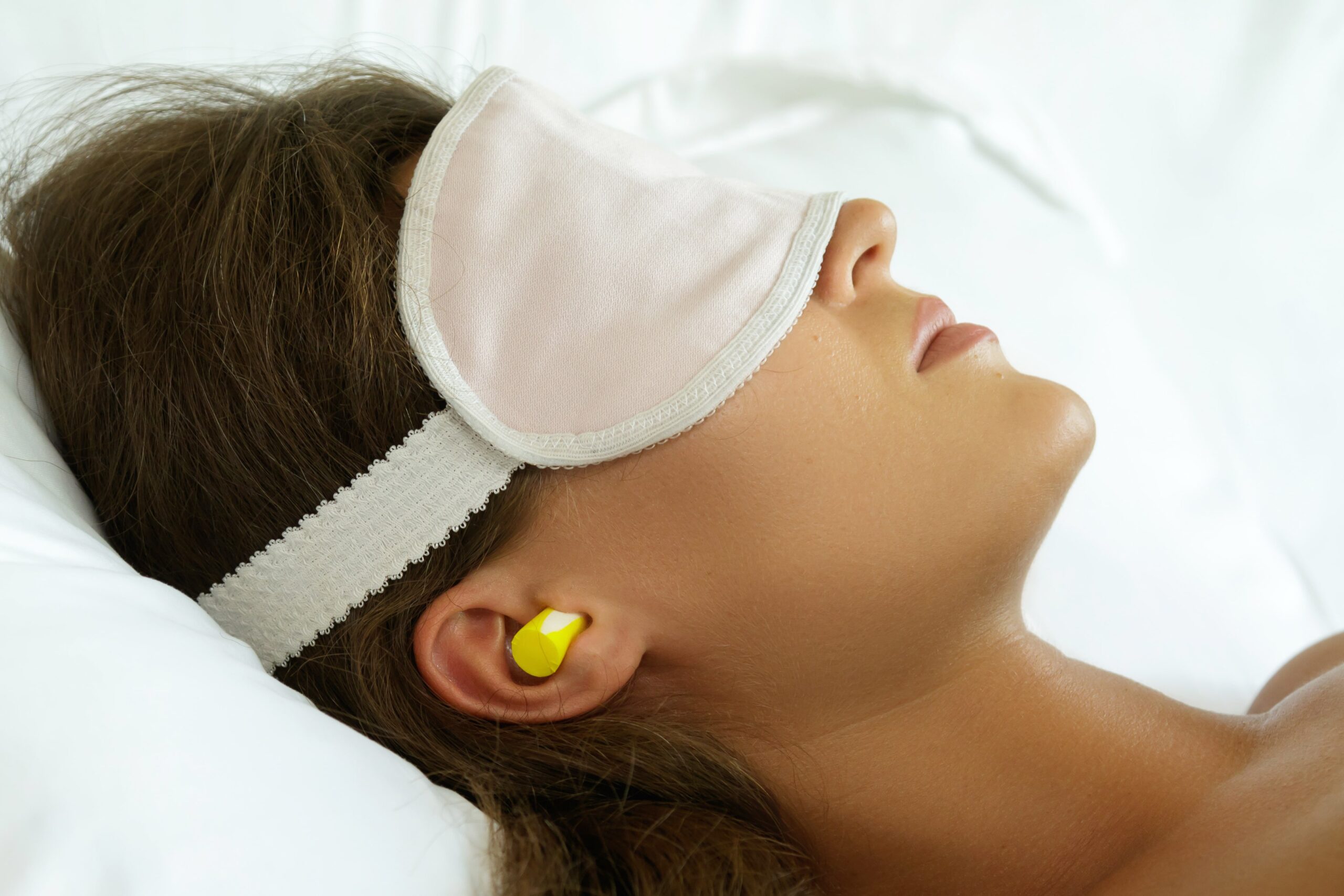Are Hearing Aids Waterproof?
Is it safe to wear hearing aids in the water? “Are my hearing aids waterproof?” is near the top of the list of questions that new hearing aid wearers ask in our practice. In no uncertain terms, we are here to tell you that no, most of today’s hearing aids are not waterproof. In fact,



